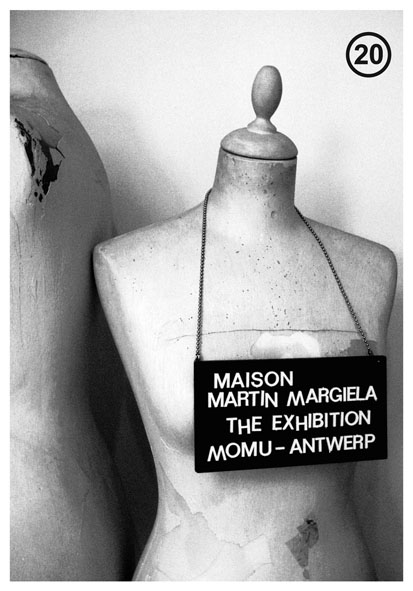Slow and Steady Wins the Race at Kiosk
/Slow and Steady Wins the Race's Installation at Kiosk (February 14, 2009)
It’s interesting to see designers choosing to have exhibitions, as opposed to shows or presentations, in conjunction with fashion week. The New York–based conceptual designer Mary Ping of Slow and Steady Wins the Race organized a small exhibition for the 21st installation of her line. It was organized along the lines of a birthday party with piñatas and birthday cakes. The saccharine display seemed to do away with garments all together, but, at a closer look, one could see clothes dangling from one of the smashed piñatas. Each piñata actually contained Ping’s conceptually evolved and witty garments, yet their contents remained secret, but to the lucky buyer.
Slow and Steady’s production of slow, high-quality design at affordable prices seems perfect for our contemporary times and well aligned with the mission of Kiosk—the exhibition space/design store that hosted the event.


















